White charcoal drawing on black paper is a unique and striking medium that offers artists the chance to explore the interplay of light and shadow in a reverse format. The stark contrast between the white medium and dark paper creates dynamic and arresting images. To master this art form, one must understand the material, practice techniques, and appreciate the nuances of working with light as the subject. This article will guide you through the necessary steps and techniques to create beautiful white charcoal drawings on black paper.
Getting Started with the Right Materials
Choosing Quality Charcoal and Paper
The first step in mastering white charcoal drawing is selecting the appropriate materials. Opt for artist-grade white charcoal pencils or sticks that provide a smooth application and vivid opacity. When it comes to paper, choose heavy-weight black paper that is specifically designed for pastel or charcoal. The texture and weight of the paper should be able to support the layers of charcoal without tearing or creating too much dust.
Preparation Tools and Workspace
Before starting your drawing, gather all necessary tools. You will need white charcoal pencils, blending stumps, kneaded erasers, a sharpener, and possibly white pastel for larger areas of coverage. Make sure you have a clean, flat workspace with good lighting. Light directly illuminating your drawing surface will help you see the application of the white medium more clearly against the black paper.
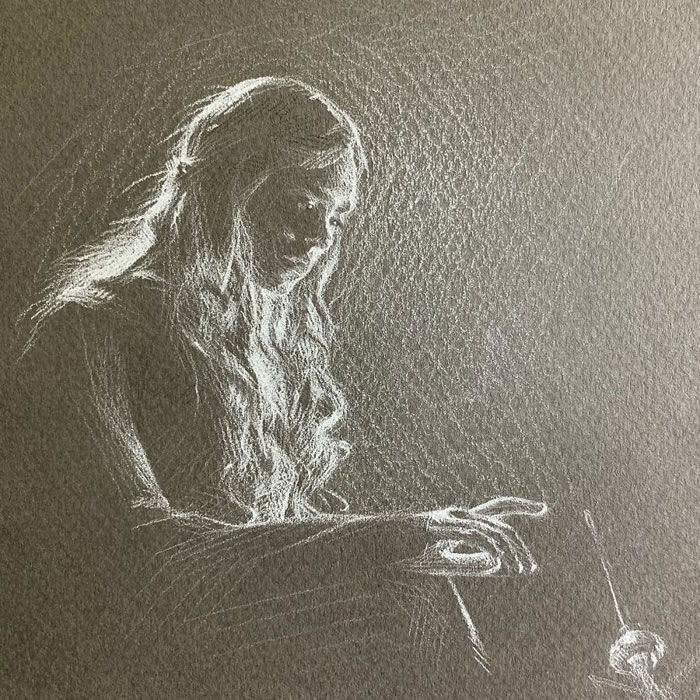
Understanding Light and Shadow
The Importance of Negative Space
In white charcoal drawing on black paper, you will work in reverse, meaning you focus on where the light is rather than where the shadows fall. As you identify the highlights in your subject, you use the white charcoal to define the areas where light naturally hits. Mastering seeing and drawing in negative space—the dark areas left untouched—is critical for this medium.
Developing a Keen Eye for Contrast
Sharpening your observational skills is essential for this type of art. Pay attention to the different tonal values, from the whitest whites to the various gray tones you can create by blending and layering. Contrast is everything; the balance between the untouched black areas and the shades of white is what brings your image to life and gives it dimension.
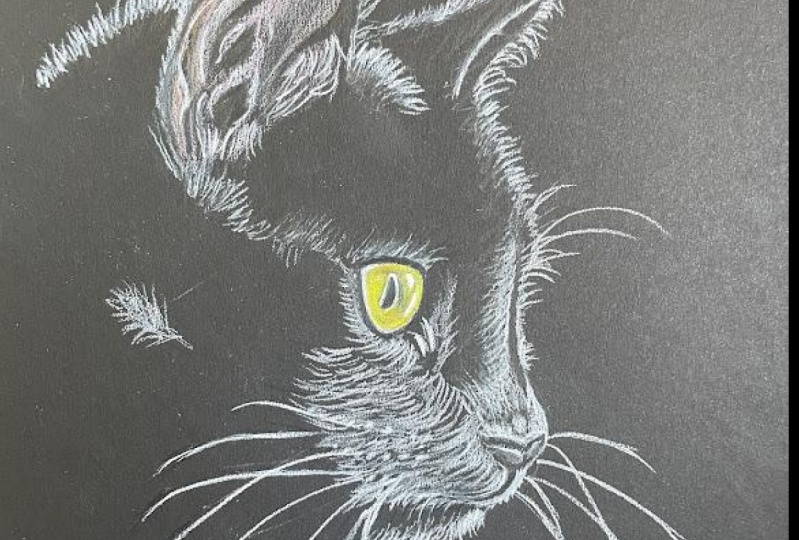
Techniques for White Charcoal Drawing
Layering and Blending
To achieve depth and realism, layer your charcoal application. Start with light pressure to create a guide for your drawing and gradually build up to the brighter highlights. Use blending stumps or a piece of tissue paper to soften and blend the charcoal for smoother transitions between tones. Remember that any area that remains free of charcoal will appear as the darkest part of your drawing.
Creating Textures and Details
With white charcoal, you can also create textures that make your drawing more lifelike. Techniques such as cross-hatching, stippling, and scumbling can be effective. Use a sharpened charcoal pencil for fine details and the edges of highlights. Control the pressure to vary the thickness and intensity of the lines. This fine detailing is what will make your drawing pop and stand out.
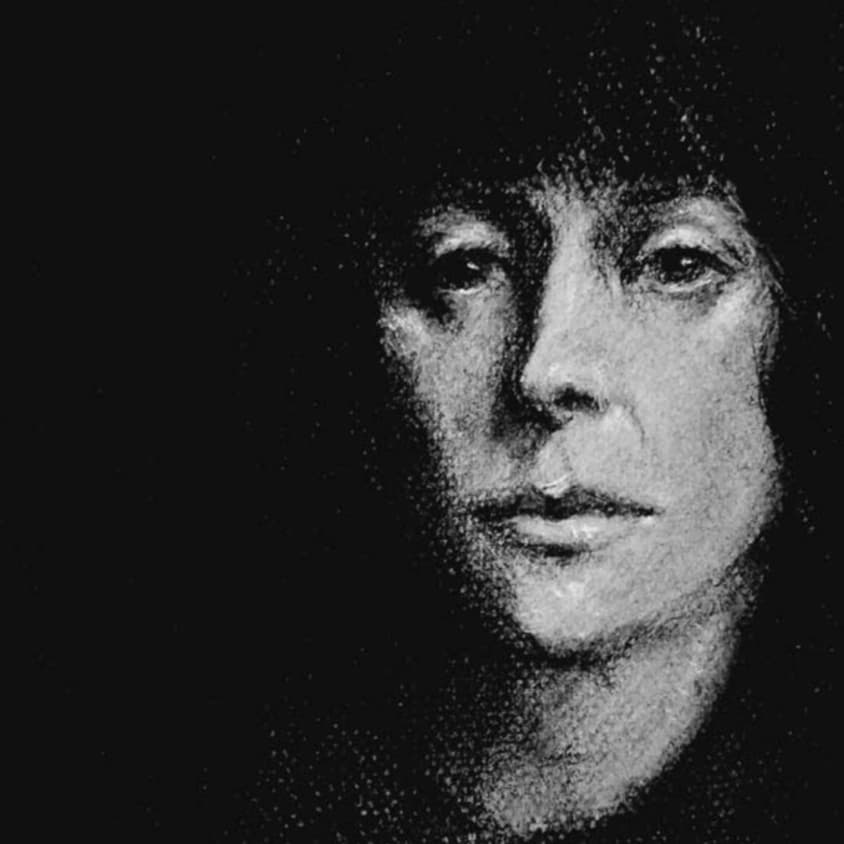
Finishing and Preserving Your Artwork
Final Touches and Revising Your Work
Once you feel your drawing is nearing completion, step back and review it from a distance. This perspective can reveal areas that might need more highlights or refining. You may return to areas that require more definition or brightening. It’s important to keep revising until you’re satisfied with the overall balance of light and darkness.
Protecting Your Finished Piece
Charcoal, by nature, is smudge-prone, and preservation is key. Once you’ve completed your white charcoal drawing, spray it with a fixative specifically designed for charcoal and pastels. Ensure the room is well-ventilated and apply light, even coats to avoid altering the drawing’s subtleties. The fixative will keep the charcoal from smudging and help your artwork last longer.
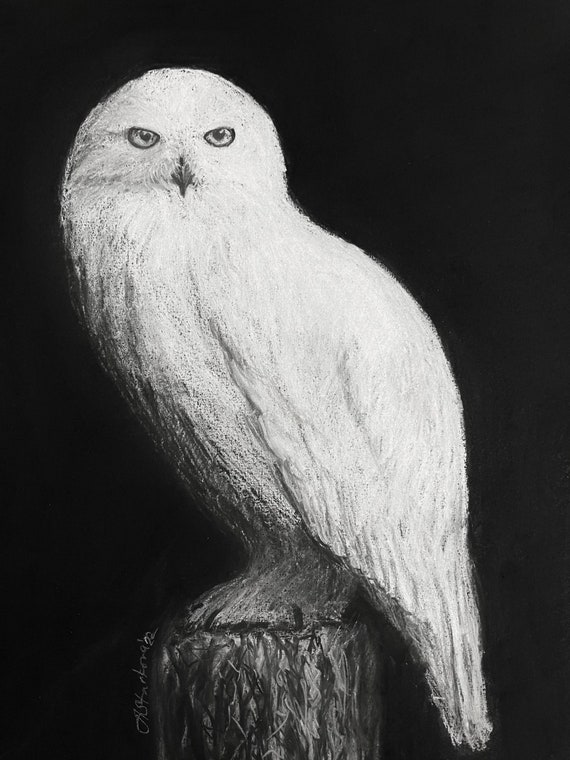
Enhancing Your Technique with Practice
Refining Your Skills with Daily Exercises
To truly master the art of white charcoal drawing, you must commit to regular practice. Begin with simple forms, like spheres and cubes, which help you understand how light behaves on different shapes. Daily sketches focusing on a single light source can greatly improve your ability to capture realistic highlights and shadows. As you grow more comfortable with the medium, take on more complex subjects, such as portraits or landscapes. Over time, as your hand becomes steadier and your eye for light more acute, the quality of your work will naturally improve.
Learning from Your Mistakes
As with any art form, mistakes are inevitable and are an excellent source of learning. If an area of your drawing doesn’t look quite right, use your kneaded eraser to lift off some of the charcoal or to lightly dab and soften a highlight. Analysis of what went wrong can lead to better techniques and a more adept approach in future pieces. Remember, in white charcoal drawing, patience and a willingness to experiment and correct errors are key to refining your art.
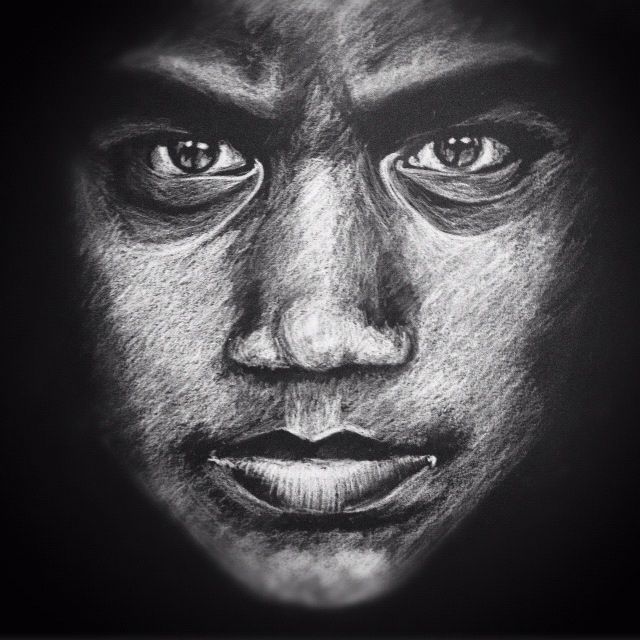
Experimenting with Mixed Media
To add more depth and dimension to your white charcoal drawings, consider experimenting with mixed media. Incorporating other materials such as colored pastels, white ink, or even gold leaf can add a touch of elegance or a burst of color to your compositions. Use these additional media sparingly to enhance your main subject or to attract the viewer’s eye to a focal point. When mixed correctly, these elements can complement the white charcoal, making your black paper creations even more intriguing and visually dynamic.
Displaying and Sharing Your Artistic Vision
Showcasing Your White Charcoal Creations
Once you have honed your technique and created artwork that you’re proud of, consider how you might display or share your pieces. The striking contrast of white charcoal on black paper makes these drawings ideal candidates for framing and exhibition. Use a simple, neutral frame that won’t distract from the artwork itself. Sharing your work in online galleries or on social media platforms can also provide feedback from a broader audience and open opportunities for community engagement. By showcasing your talent, you inspire others to appreciate this art form while continuing to grow as an artist yourself. Whether in a gallery, online, or as part of a personal collection, your white charcoal drawings represent not only your mastery of the medium but also the unique perspective that you bring to the world of art.
In conclusion, white charcoal drawing on black paper is a refined technique that requires understanding the behavior of light, meticulous observation, and controlled application. By choosing the proper materials, practicing layering and blending, and carefully preserving your finished work, you can produce stunning pieces that capture the beauty of contrast and form. This medium, although challenging, is rewarding and produces elegant monochromatic artwork that can be both a sophisticated exercise in technique and a profound artistic statement.